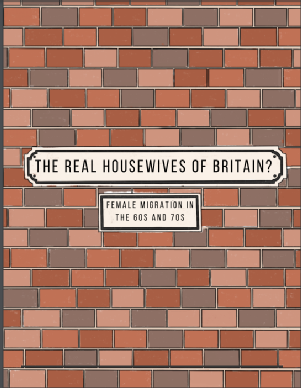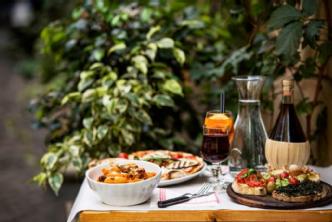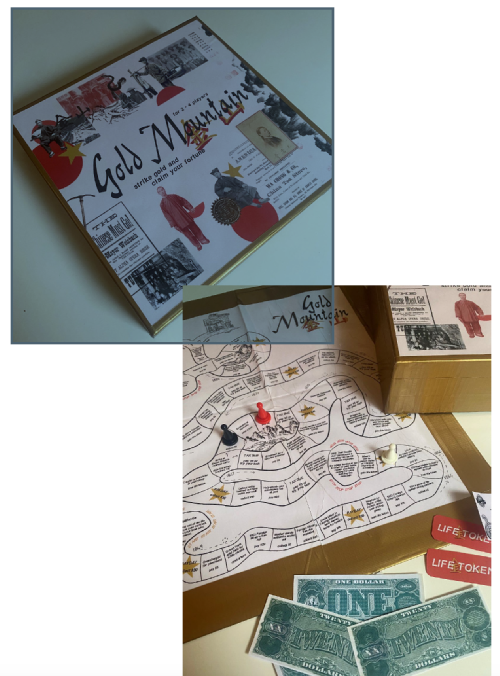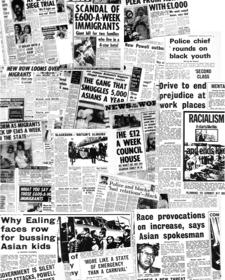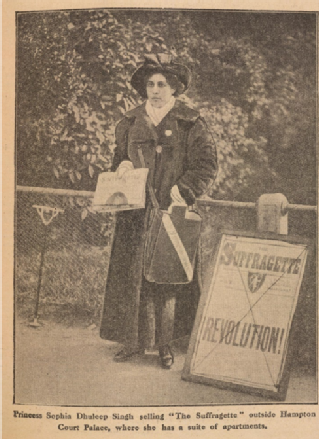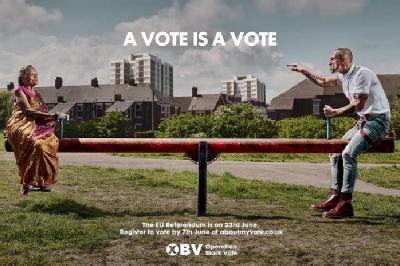Making Migration History Public
On this page, students share the research they have done for 'Foreign Bodies', a module designed to explore the history of migration in the modern world. Their projects are intended to reach out beyond the university classroom, making the specialist resources they have uncovered and explored available to others who might be interested. Below, you will find blogs, exhibitions, and podcasts related to a wide range of topics and groups. Please enjoy, and do share your stories, thoughts and comments at the bottom of this page.
The history of migration is on the move! From state and scholarly archives, academic libraries, and the memories and stories shared within families and communities, this history is now going public. We all need to know and understand modern migration, not least because it make us who we are -- as individuals, communities, and nations -- today. |
Every year, the fantastic student researchers in 'Foreign Bodies' used their time and skills to try some amazing new formats for their public history. Check out, for example, Nida Mahmud's amazing 'zine, 'Real Housewives of Britain' [ (c) Nida Mahmud, 2021], sharing her insights into female migration to Britain in the 1960s and 1970s! Just click the link to download... |
Raffaella Culore did a beautiful -- and now prize-winning interview with her dad, an Italian immigrant, honouring his mum and her wonderful cooking. Click the link to learn more about making our homes in our kitchens, and to hear her podcast:'Just like mamma used to make' |
Looking at food from another angle, Amir Shah took us back to the curry houses of the past and present, to explore what they mean and what they reveal about migration, racism, and food cultures in Britain -- and he has a few tips about finding a good one, too! Read more here, then visit his website, 'Britain a Nation of 'Curry Munchers'? 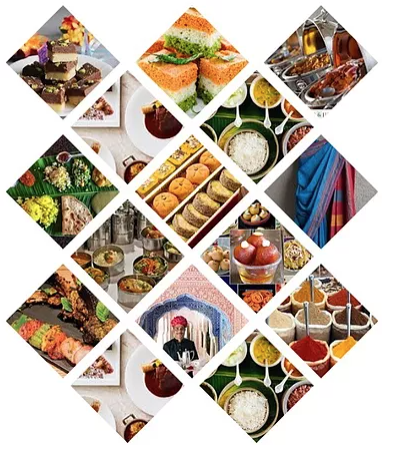 |
Indian or Chinese? Diversity in your Friday Night Takeaway It’s the end of the working week. You sit down on the sofa and ask the all-important question: “What are we ordering?” According to Channel 5’s 2019 documentary Britain’s Favourite Takeaway, your likely answer will be ‘Chinese’ or ‘Indian’. It’s hard to imagine, then, that within living memory, there was a time when the majority of British people had not tried - let alone were regularly eating - what are now the nation’s ‘favourites’. How then, did we get here? The answer: migration. ... And so we have to ask ourselves: how diverse is my Friday night takeaway? Creator: Shannon Heaney |
And maybe with that curry, you want to go old skool and play a boardgame? Well, why not learn about an important and fascinating period in the history of migration at the same time? Lydia Glendinning created just the thing! (And even non-historians loved playing it!)
|
|
A Sari's Journey through Time: British Perceptions of the Indian Woman In today’s diverse and multicultural society, the sari is a commonly accepted as a mode of cultural attire for South Asian women in Britain.But what can the sari's journey through time tell us about how women wearing saris have been perceived in the UK? Creator: Sukh Bains |
||
|
Britain has endured a difficult relationship with newcomers. Its history of migration over the past 50 years has championed those who have helped contribute to the economy, but simultaneously vilified new arrivals for ‘taking all the jobs’. This struggle for Britain, in adapting to the growing presence of minorities, has had lasting social and political implications. One of the most interesting ways to locate these changing attitudes overtime is through the mainstream media, and by this, British national newspapers. In this blog, a media timeline explores change and continuity in the media's response to migration. (If you are a Warwick student, you can access the full media accounts, by following this how to!) Creator: John Abiona |
Introducing the Braceros: a Virtual Exhibition Meeting demands for labour is not just a modern-day issue; it was a problem the US government addressed during wartime shortages of labour with a guest worker initiative program. The Bracero Program (bracero meaning manual labourer, one who works with his arms) allowed short-term contract labourers from Mexico to work temporarily on US agriculture farms and railroads.The program has been portrayed as a bitter-sweet, providing both opportunity but also displaying exploitation. This exhibition guides you through the central aspects of the program with introductory explanations and accompanying illustrations. Creator: Suzanna Jones |
Australia's 'Stolen Generations' WARNING: Aboriginal and Torres Strait Islander viewers are warned that the following exhibition may contain images and words of deceased persons Imagine being pulled out of bed at 2 o’clock in the morning and being forced to scrub concrete dressed in nothing but a flimsy night-dress, or being ‘beaten, flogged and molested’ and locked in a storeroom for 3 days with nothing but bread and water. Sounds slightly inconceivable, doesn’t it? We might not be able to imagine it, but these were every-day experiences for thousands of Aboriginal and Torres Strait Islander children in Australia, some as young as 3, who had been taken from their families and placed in state-run institutions. Learn more in this blog. Creator: Phoebe Gunton |
|
The contributions made by Indians within the British Suffragette movement are often overlooked today. Most of us are not even aware that Indians lived in Britain during the Victorian Era! Sophia Duleep Singh was one of the most prominent non-white campaigners in the suffragette movement, who fought tirelessly for the rights of women to vote. Sophia was also royalty -- and goddaughter to Queen Victoria. This exhibition uses both photographs and artwork to demonstrate the contributions that Sophia made to the Suffragette movement. Creator: Mya Sharma |
What it was like to be a migrant in Britain when Enoch Powell made his infamous 'Rivers of Blood' speech in 1968? And how does that historic event and controversy relate to the politics of Brexit today? In this podcast, Wolverhampton born Zakiya Ilyas reflects on this relationship in the home town she shares with Powell: Wolverhampton. Podcast: From Rivers of Blood to Brexit
Created by Zakiya Ilyas |
'A Nation of Immigrants', Bitesized Are you studying for your GCSE on US History 1900-1929? Well, we have a fact-sheet on immigration in this period just for you! Creator: Izzy Hodge |
|
Here are some resources we used to get started with podcasting on the history of migration: First I -- moderate technophobe and utter podcast-illiterate -- made a podcast MYSELF. If I can do it, so can you! Click the link below and hear my stuttering first steps... How to PodcastSecond, here's a 'how to' from the New York Times, intended for secondary school teachers. Content is very US-focused, but the guidance is good! |


